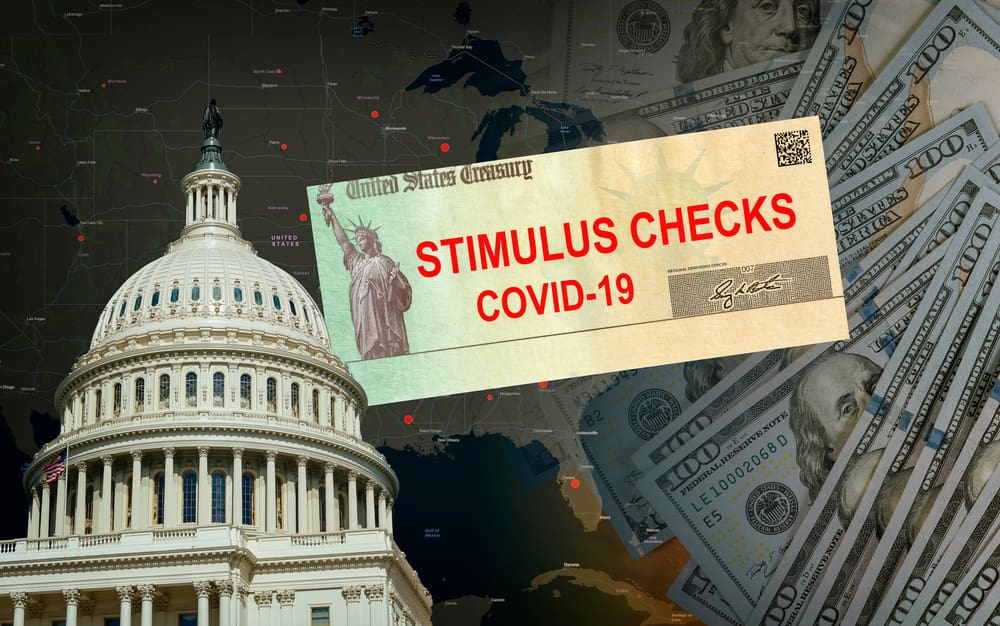
Written By: Andy Jones
The U.S. Department of the Treasury has announced that Supplemental Security Income (SSI) recipients will have the $1,200 emergency COVID-19 relief checks automatically deposited in their bank accounts just as they would normally receive their SSI benefit. Meanwhile, the Internal Revenue Service (IRS) has launched an online tool so that other relief recipients who do not normally need to file tax returns can receive their relief checks.
As we recently discussed, the Coronavirus Aid, Relief, and Economic Security (CARES) Act, signed into law by President Trump on March 27, mandates that the IRS issue one-time checks in the amount of $1,200 to individuals ($2,400 for couples who filed joint taxes). Individuals earning up to $99,000 ($198,000 for joint filers) will receive smaller stimulus checks. Families with children in the household under age 17 are entitled to additional $500 per child.
For most people, the IRS is basing recipients’ eligibility for the relief checks on their most recent tax return, whether it’s from 2019 or 2018. However, tens of millions of low-income people—including most Social Security Disability Insurance (SSDI) and SSI beneficiaries—do not file tax returns each year because they are not eligible for a refund due to the fact that they simultaneously lack sufficient income and employment history.
The IRS initially signaled that non-tax filers would need to file tax returns to obtain stimulus checks, sparking an outcry. Two days later, the agency reversed course as to recipients of SSDI, Social Security retirement benefits, Social Security survivor benefits, and Railroad Retirement benefits. Specifically, the IRS stated that it would be able to deposit stimulus checks directly to these individuals because they already receive annual tax forms, which, in the case of SSDI recipients are known as an SSA-1099.
However, this announcement still left SSI recipients and many other non-tax filers who are not required to file any comparable tax forms in limbo. On April 10, the agency created a new tool, which can be accessed via this link, where SSI recipients and other non-tax filers could enter their basic information, including their name, address, Social Security number, and dependents, and get their checks.
But on April 15, things changed again — and got much simpler — for most SSI recipients. In a press release, Treasurey Secretary Steven T. Mnuchin said: “SSI recipients with no qualifying children do not need to take any action in order to receive their $1,200 economic impact payment. The payments will be automatic. Recipients with qualifying children should use the ‘Non-Filers: Enter Payment Info Here’ web portal to enter basic information so they can receive their payments as quickly as possible.” Treasury anticipates the automatic payments will go out no later than early May.
SSI recipients who have qualifying children under age 17 should enter information on the IRS website about them and their qualifying children so they can receive the $500 per dependent child payment in addition to their $1,200 individual payment. If SSI beneficiaries in this group do not provide their information to the IRS soon, they will have to wait until later to receive their $500 per qualifying child.
Although federal law typically prohibits SSI recipients from owning more than $2,000 in assets, the checks will not count toward that limit, according to the SSA. Relief checks will also not be taxed.

Recent Comments